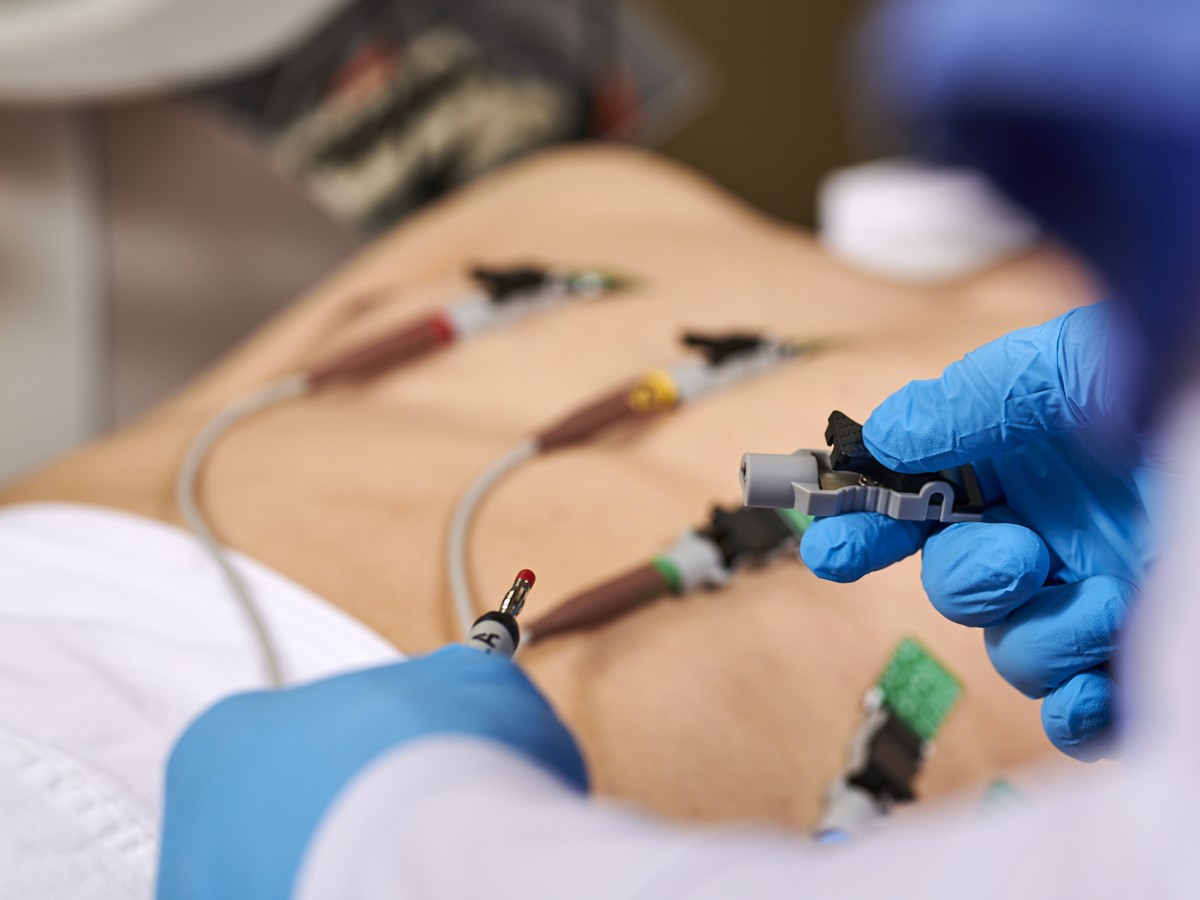Cardiology is a highly specialized field—just over 33,000 active cardiologists practice in the United States.1 Cardiologists rely on several types of diagnostic cardiology tools and devices to assess and treat their patients, including electrocardiograms (ECG).
If any of the internal technology or external accessories of an ECG—such as ECG leadwires and cables—do not function properly, this essential tool may struggle to accurately measure the heart's electrical activity. These inaccuracies increase the risk for misdiagnosis, potentially leading to adverse health outcomes.
Purchasing high-quality ECG machines and accessories lays a strong foundation for this highly specialized group of clinicians to confidently diagnose and initiate treatment plans for their patients.
Two Ways to Purchase High-Quality Accessories
When it comes time to purchase ECGs and the accessories that keep them functioning at their best, materials managers have a choice between two methods of buying.
- Original equipment manufacturer (OEM) Devices and OEM Accessories, which are often sold in a bundle from a single manufacturer.2
- OEM Devices and Generic Accessories, which typically offer a cheaper option.
Accessories carry real influence over the performance of high-grade medical machinery. Seemingly small add-on parts like cables and leadwires can maximize functionality, working in tandem with its base equipment to operate at peak efficiency. On the other hand, utilizing the wrong accessories or utilizing them incorrectly can cause slowdowns and short circuits. These errors can even break a machine altogether.
The potential for such a performance gap can make selecting accessories more complex. When deliberating between these two types of accessories, each choice comes with its own distinct considerations.
OEM Accessories
OEM accessories are produced by the same company that made the piece of equipment they're plugging into. Straight from the manufacturer's floor and made with similar materials as the base product, these accessories adhere to analogous specifications and quality testing.
Often, the manufacturer has tested these devices and accessories together as a unit. In turn, pairing OEM accessories with their corresponding machine can help optimize performance and extend the life of the machine. These benefits mean that OEM accessories tend to be more expensive—however, that investment comes with the added assurance of a manufacturer's warranty.
Generic Accessories
Also known as "aftermarket" or "third-party" products, generic accessories often do not carry a trademark or brand name. Although they are created to act as a replacement to their OEM counterpart, they do not have to—and, in the case of proprietary information, sometimes cannot—adhere to an OEM's standards and specifications.
That's because generic accessories are tested in isolation rather than as part of a system; further, generic accessories do not have to follow the same regulatory testing and pathways3 that OEM accessories do, as required by the FDA. Ultimately, the rigor of their testing as well as their compatibility, accuracy, quality, safety, and reliability are unclear.
Benefits of OEM Diagnostic Cardiology Leadwires
In the realm of cardiology, it is critical that an ECG system's leadwires are wholly compatible with its host unit to ensure that the device is fully functional and reliable for patient safety. GE OEM cables and leadwires are tested as a system with GE Healthcare diagnostic cardiology (DCAR) devices, ensuring that they will work together efficiently to provide the most accurate readings for diagnosing critical heart functions. Additionally, GE's leadwires undergo strict testing for quality, reliability, and safety in compliance with American Heart Association standards,4 as well as International Electrotechnical Commission guidelines.5
GE clinical accessories come with features that provide superior performance. For example, the shielding for GE's ECG leadwires helps reduce triboelectric noise, which occurs after friction generates an electrical charge between dissimilar materials, often when these materials are rubbed together. When this happens, it can give the appearance that a patient is tachycardic even when they're not. High-quality features like this not only make work easier for clinicians but help prevent incorrect assessments, providing better peace of mind for patients.
Understanding the True Value of Purchasing OEM
OEM accessories are an investment, both for keeping medical devices in the best shape possible and for safeguarding patients' health. Purchasing generic ECG leadwires is not always the clear cost-cutting measure that it may seem to be. At the end of the day, patients will be the ones who pay for the cost of their inaccurate readings in more ways than one—in unnecessary or insufficient treatment, in lost time and money on unneeded appointments, or in a way far greater.
Quality accessories promote quality healthcare. Pairing OEM leadwires with an OEM ECG host unit shows that clinicians prioritize getting the most accurate and reliable readings to reach the best possible patient outcomes.

